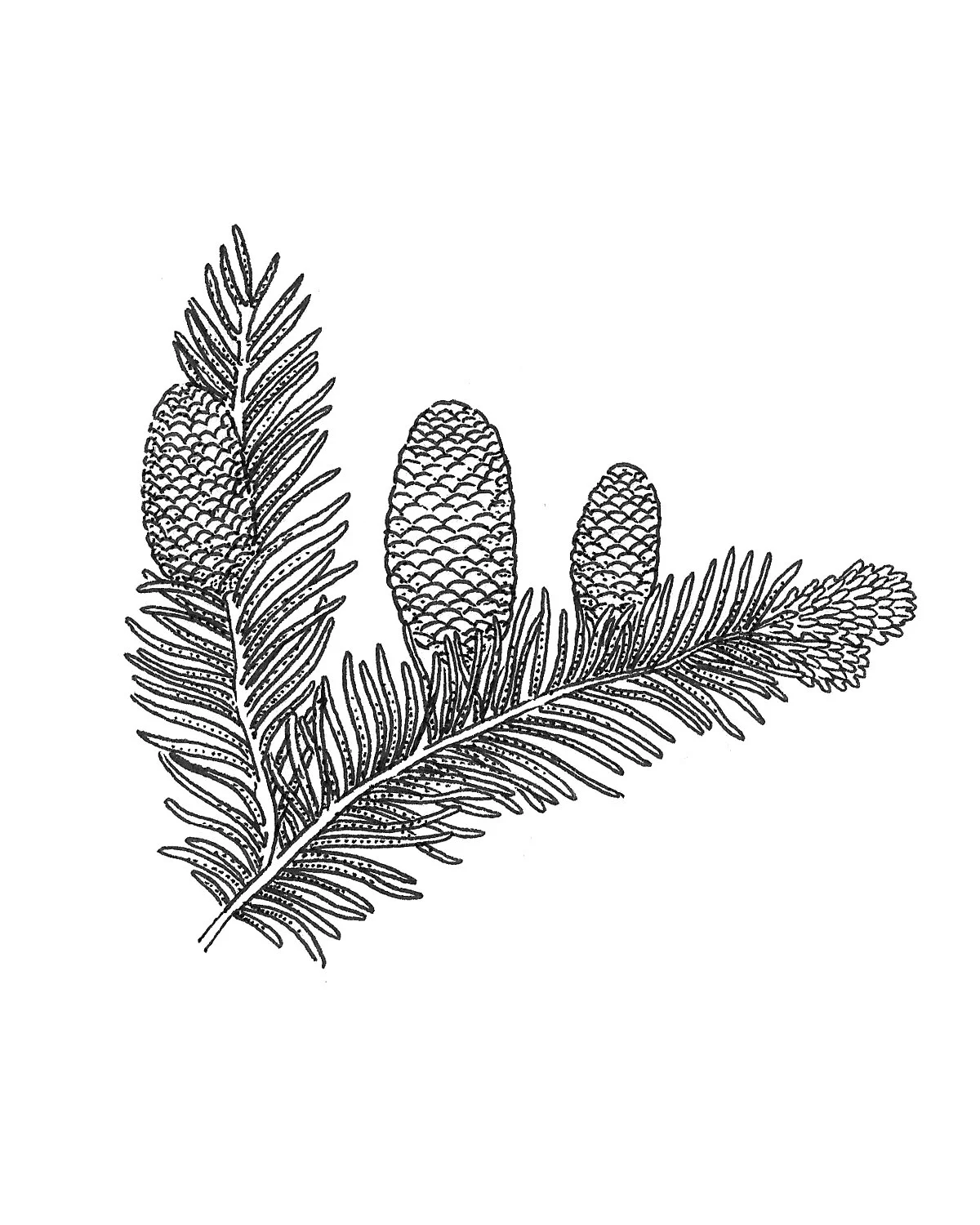Mountain Top Arboretum is a sanctuary for trees and the plant communities associated with them. The Arboretum has 37 different species of trees native to the Catskill Park. 26 of those species are naturally occuring. Visitors walking from the West Meadow, along Maude Adams Road and up into the East Meadow will encounter most. The largest specimens of many of these trees will be discovered along the trails in Spruce Glen. Notice where each tree species grows in terms of sun and shade, soil moisture, how exposed or sheltered its site may be. Does the tree grow solitary or in a grove of its own species? What are the companion species it often grows with? Visit the trees through all four seasons to enjoy how they interact with the larger landscape.
Our Native Tree Trail winds through the Arboretum’s diverse plantings and natural habitats to highlight the many different tree species native to the Catskills.
What do we mean by Native?
We like to use the definition of Native that Rick Darke and Doug Tallamy use in their book The Living Landscape— “a plant or animal that has evolved in a given place over a period of time sufficient to develop complex and essential relationships with the physical environment and other organisms in a given ecological community.”
In determining the area of the Catskills, we employ the “Blue Line,” a boundary line established by New York State in 1904 to create Catskill Park. This is obviously an arbitrary line, but nonetheless helps us focus on trees that naturally occur in this region.
The following are some ideas for deepening your experience with the trees you visit.
Look at the tree both from far away and very close up. Can you see the top of the tree? What is the overall shape of the tree?
Touch the bark. Is it smooth or rough? How does it compare to bark on nearby trees? Is there evidence of insects? Moss or lichen?
Standing close to the tree, look straight up at its canopy. How do the branches emerge from the trunk? How are the branches reaching toward the sun?
Examine a leaf or needle in detail. If it’s winter, what do the buds look like?
Consider: Is this tree like others nearby or does it stand alone as a solitary species?
Catalog of CATSKILLS native Tree species
Trail Location
EDUCATION CENTER
click on an image to get more information
WEST MEADOW
click on an image to get more information
WOODLAND WALK
click on an image to get more information
ALONG MAUDE ADAMS ROAD
click on an image to get more information
EAST MEADOW
click on an image to get more information
SPRUCE GLEN
click on an image to get more information































